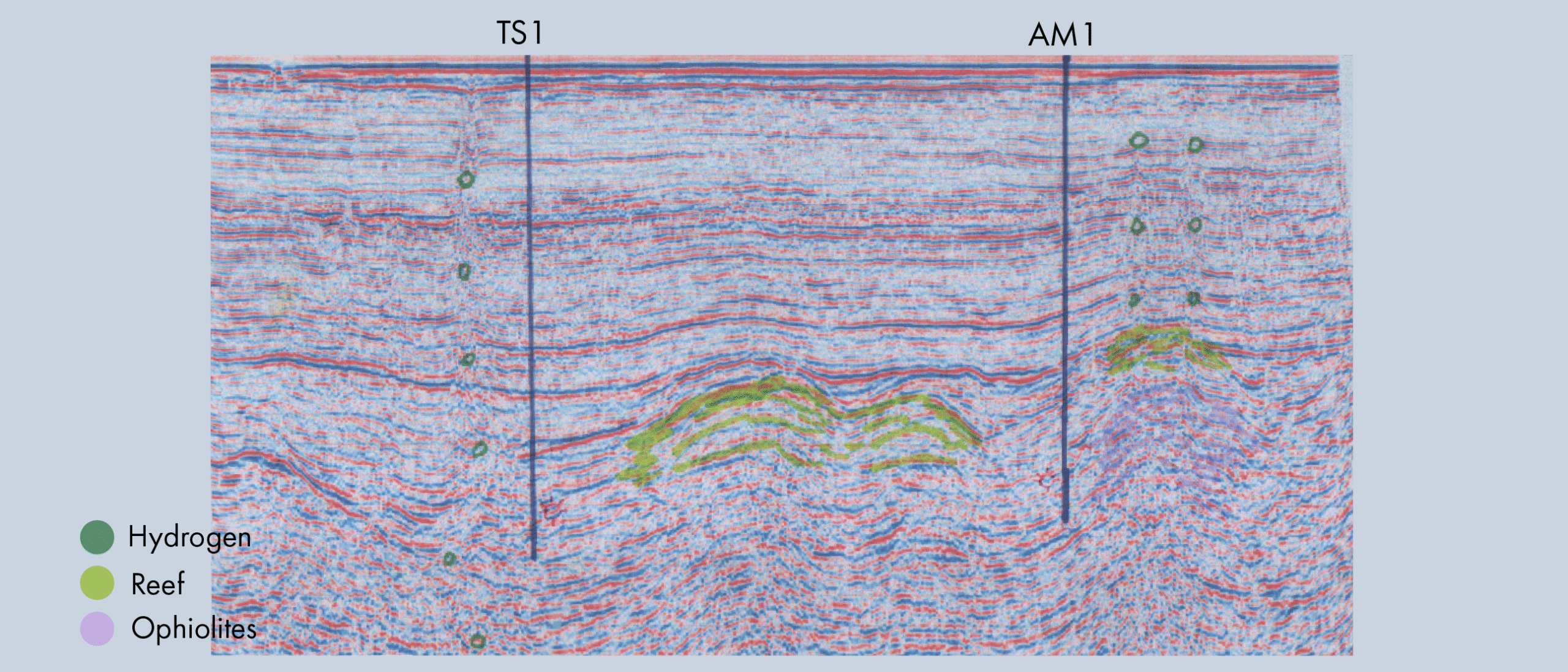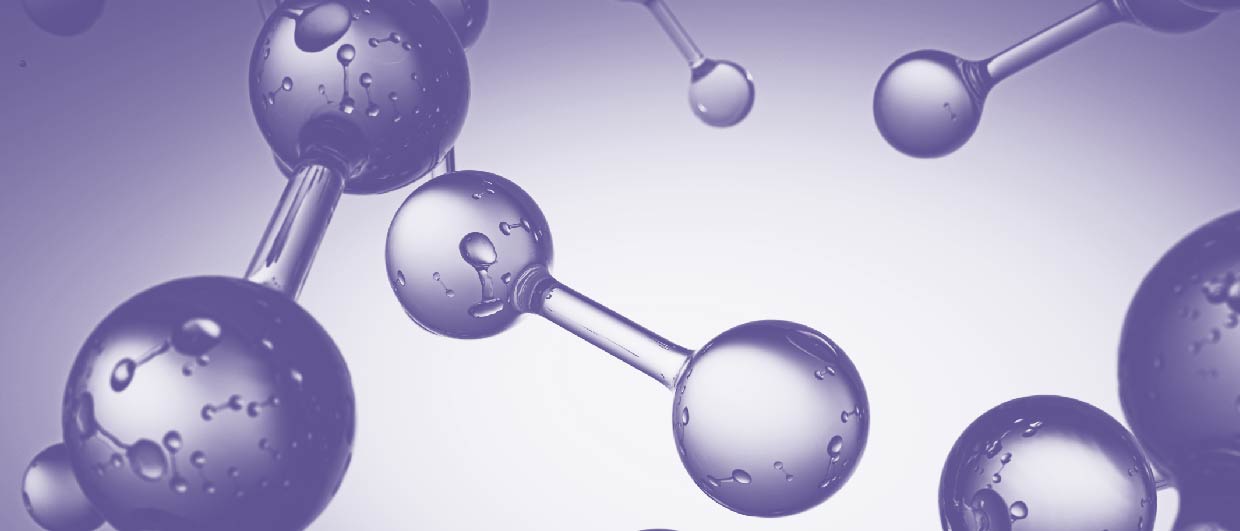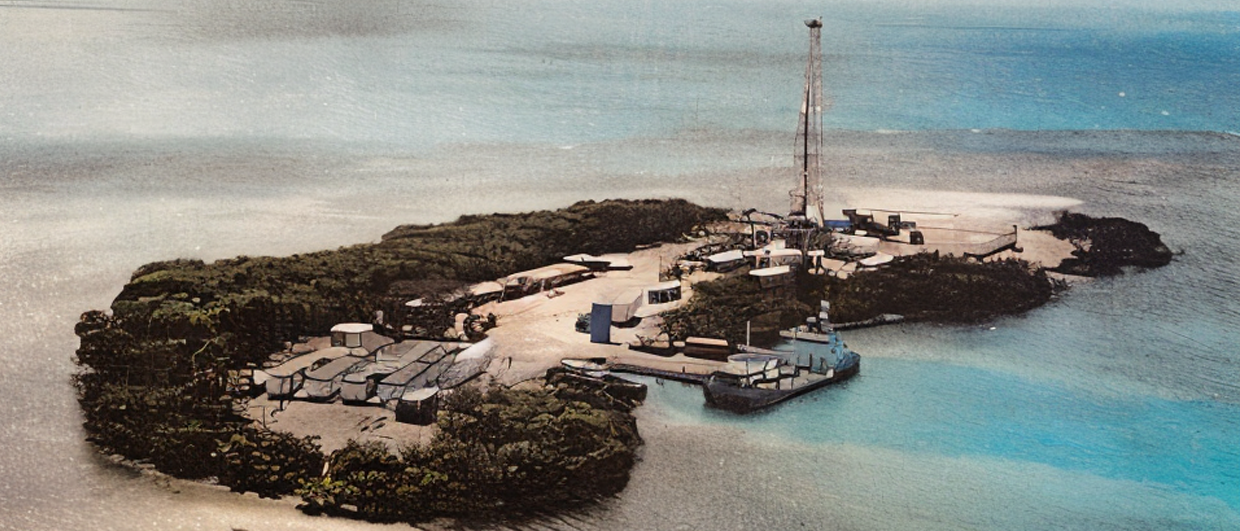Gold Hydrogen Ltd. has drilled its first 2 wells on the Yorke Peninsula in South Australia. Both wells have encountered high concentrations of hydrogen as well as unexpected levels of helium that could prove economic.
In a recent press release, the log for the Ramsay-2 well was included which gives us more insight into the play characteristics. Real-time gas analysis was done using SLB’s DQ1000 mass spectrometer, resulting in a continuous dataset up to a Total Depth at 1068 m MD.
Four zones of interest with regards to hydrogen were highlighted by Gold Hydrogen; at 194-199 m MD and 288-293 m MD in the Parara limestone formation, 531-536 m MD in the Kulpara dolomite formation and another one at 995-1010 m MD in granitic basement.
The hydrogen shows in the Parara and Kulpara formations range from 80.92 to 86.26% H2, the remainder of the gas is predominantly nitrogen. No helium shows are observed at these depths. The hydrogen is present within open fractures while the surrounding formation is low in porosity and permeability, keeping the gas contained. Flow testing will have to determine whether these fractures connect to a deeper, pressurised reservoir that contains significant reserves.

Note that the trailing off of hydrogen after the initial spike (see log) is due to H2 pooling in the mass spectrometer sample chamber; it takes a while for the vacuum pumps to remove this extremely light gas completely. This is why Gold Hydrogen has interpreted the zones of actual interest to be only 5 m thick.
In the middle of the Kulpara Formation, at about 600 m MD, there is an increase in porosity which is also reflected by an increase in helium concentration. Two MDT samples from the base of the formation indicate between 6.1 and 6.8% helium. Rock properties change in the Winulta Formation but do not affect helium concentrations substantially. Once the basement is reached there is a significant drop in porosity but this is not reflected to the same extent by a decrease in helium concentrations. This suggests the helium is not in a free state and producing it could prove difficult or even impossible.
The first concurring helium and hydrogen show is encountered at 995-1010 m MD, in unweathered basement. This is likely another fracture zone. The close association between hydrogen and helium suggests both gases could be the by-product of radioactive decay; helium as alpha particles released during the uranium decay chain and hydrogen as the result of radiolysis of molecules due to radiation emitted. The fact that no helium above background levels is associated with the hydrogen shows in the Parara and Kulpara formations, suggests that this hydrogen was more likely formed by hydrolysis – oxidation of iron rich minerals upon contact with water.
Further exploration, analysis and flow testing by Gold Hydrogen will prove whether helium and hydrogen can be exploited commercially from the Ramsay prospect. Will it be enough to power the city of Adelaide? As things stand now, the well results seem to suggest a dynamic system with hydrogen and helium “leaking” through a fracture system rather than the presence of a closure containing a pool of pressurised hydrogen. On that basis, it may not be a system that lends itself for large-scale export.





